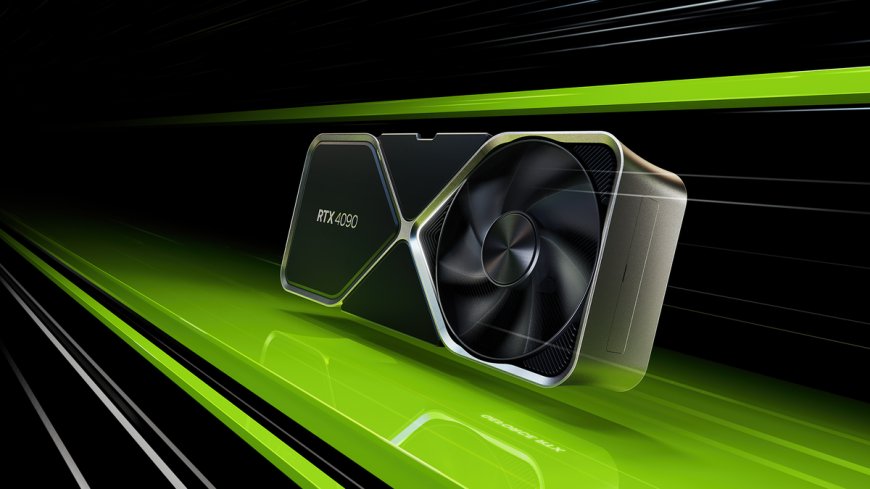Nvidia RTX 5090 Launch: A Strategic Game with AMD's RDNA 4
The tech industry is abuzz with anticipation for Nvidia's next-generation RTX 5090 graphics card, slated for a potential 2024 release. Nvidia's launch strategy, however, seems to be closely linked to AMD's moves with its upcoming RDNA 4 GPUs.

Impact of AMD's RDNA 4 on Nvidia's Launch Plans
According to insights from tech channel Moore's Law is Dead, Nvidia's decision on the RTX 5090 launch might be significantly influenced by AMD's success with its RDNA 4 GPUs. Nvidia is reportedly monitoring the performance and market reception of AMD’s next-gen cards, particularly their impact on the mid-range GPU market.
Nvidia's Strategy: Waiting and Watching
Nvidia's new consumer architecture, based on the forthcoming Blackwell GPU architecture, is ready for a late 2024 release. However, the company's strategy hinges on two key factors: the performance of its current RTX 40-series, especially with upcoming RTX Super SKUs, and AMD's potential to disrupt Nvidia's sales in the high-end market.
Also Check ASRock Z790 Nova Motherboard Review: Striking a Balance Between Style and Performance
AMD's Challenge and Nvidia's Response
Despite AMD targeting the mid-range segment, a successful launch by AMD could pose a challenge to Nvidia’s high-end market dominance. This might prompt Nvidia to introduce a flagship graphics card, such as the RTX 5090, to reaffirm its position in the GeForce lineup.
Nvidia's Plans for CES 2025 and Beyond
PC Gamer highlights Nvidia's intention to promote the RTX 5000 series heavily at CES 2025, suggesting an early 2025 launch for the next-gen GPUs. This timeline suggests an accelerated release compared to previous speculations of a later debut in 2025.
Nvidia's Focus: Beyond Consumer Graphics
The bigger question for Nvidia in 2024 revolves around its broader market focus. Having gained significant success with its AI chip technology, Nvidia's priorities may be shifting. With competitors like AMD and Intel eyeing the AI chip market, Nvidia’s first-mover advantage in this space could redefine its business direction.
Nvidia's Production Constraints and Market Strategy
Nvidia, lacking its own fabrication facilities, faces limitations in silicon availability. This constraint, coupled with the higher profits from AI technology, might lead Nvidia to gradually shift away from the consumer graphics card market.
Jensen Huang’s Vision for Nvidia
Nvidia CEO Jensen Huang's statement, "We're no longer a graphics company," as reported by The New Yorker, indicates a strategic shift towards AI and beyond traditional graphics. This change could influence the future of products like the RTX 5090.
Future of the RTX 5090 and Nvidia's Decision-Making
Considering the potential profits from AI chips compared to consumer graphics cards, Nvidia faces critical decisions about allocating its resources. The future of the RTX 5090 and Nvidia's role in the consumer graphics card market remains uncertain, hinging on strategic choices and market trends.
Conclusion: Nvidia's Crossroads with AMD and AI
As AMD gears up with its RDNA 4 GPUs, Nvidia stands at a crossroads. The company's response to AMD's success and its evolving focus on AI technology will shape not only the launch of the RTX 5090 but also Nvidia's position in the tech industry in the coming years.


































